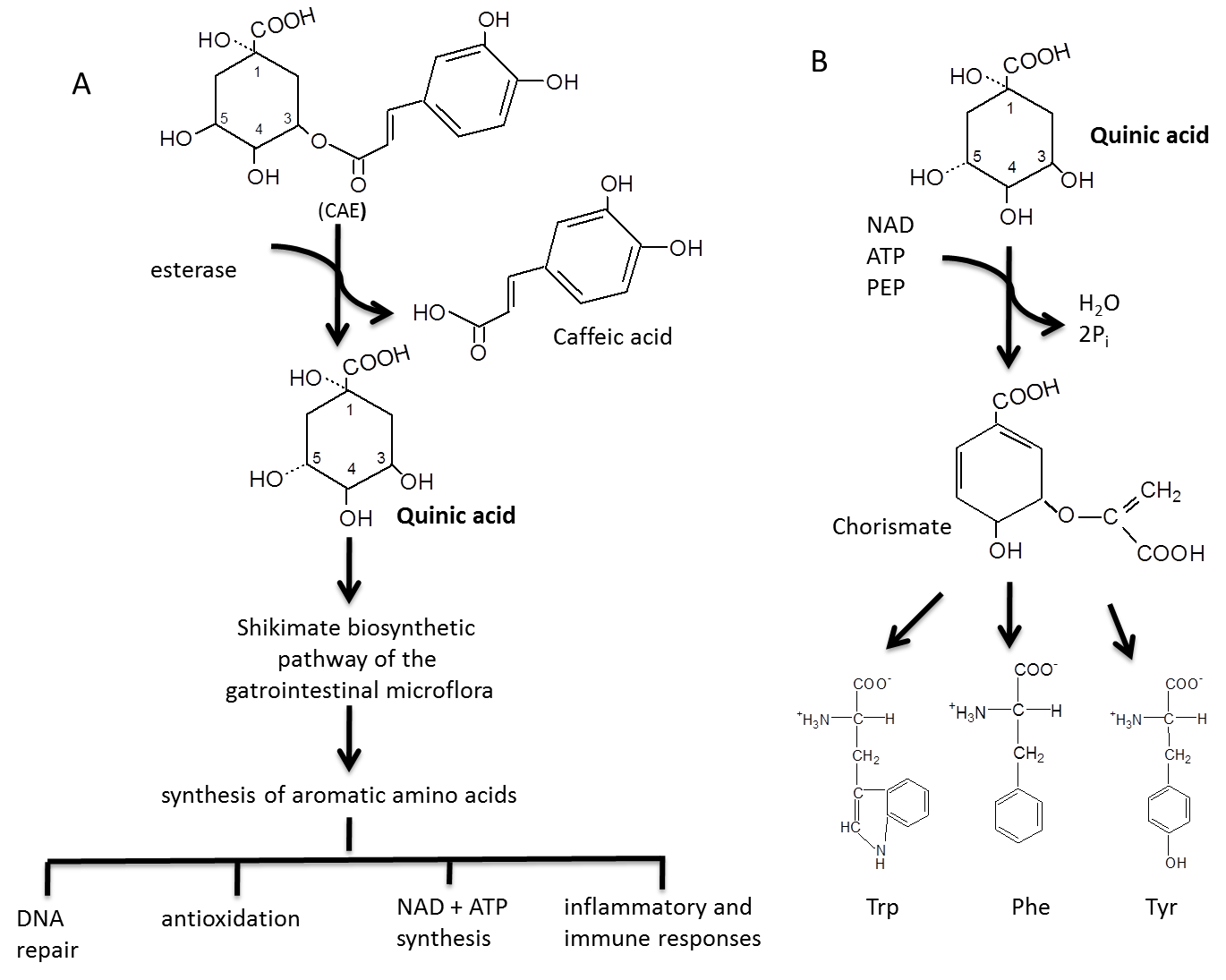Biomedicine discovery program
The CMPL is interested in developing biomedical approaches to prevent or treat intractable conditions such as hearing loss. Therefore, two independent approaches are currently under research and development. The newest approach is based on the engineering of specific molecular constructs that will increase the capacity of cells to repair themselves after injury (further information is restricted at this time). The other approach employs specific low molecular weight chemotypes called carboxy alkyl esters (CAEs) to enhance recovery of sensory and neural functions following injury. This research is important because it suggests (for the first time) that CAEs may be used as a novel approach to prevent or treat hearing loss. The goals of this line of research are to 1) determine the underlying molecular mechanisms that facilitate cellular repair, 2) optimize the treatment regimen to achieve maximal repair, 3) identify other molecules that have the capacity to augment cellular repair, and 4) conduct clinical trials to determine efficacy among patients.
What are CAEs and how do they work? CAEs are phytochemicals found in healthy foods and beverages such as fruits, vegetables, coffee and tea. They provide direct trophic support to cells. However, they can function through systemic metabolism. For instance, CAEs are involved in systemic biochemical reactions that increase bioavailability of essential nutrients. One proposed reaction that is currently under investigation is illustrated.

A) The metabolism of a CAE by enteric microbiota increases host DNA repair capacity, antioxidation, NAD/ATP synthesis and regulates inflammation and immune responses. B) Production of aromatic amino acids (Trp, Phe and Tyr) by the shikimate biosynthetic pathway of the gastrointestinal microflora. Abbreviations: NAD, nicotinamine adenine dinucleotide; ATP, adenosine triphosphate; 2Pi, two-inorganic phosphates; PEP, phosphoenolpyruvate; Trp, tryptophan; Phe, Phenylalanine; Tyr, tyrosine.